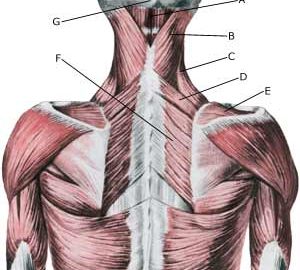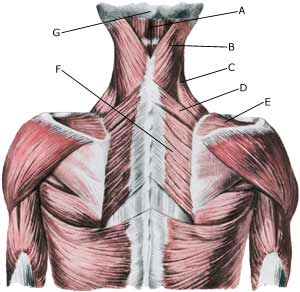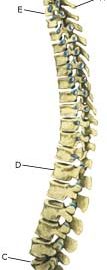Cause: Direct blows to the nose can cause a fracture of the nasal bone. A dislocation of the nasal septum can also occur. Symptoms: Pain and swelling of the bridge of the nose. In the event of fracture the upper part of the nasal bone will be tender when applying pressure. If there is an accompanying head-ache, or a general feeling of being unwell, the possibility of concussion must be considered. Rare cases can cause bleeding in the nasal septum, bringing about swelling and causing the nose to be blocked (requires acute medical treatment). Acute treatment: Click here. Examination: All athletes who receive a blow to the head and subsequently complain of uneasiness, visual disturbance or haziness should immediately cease further sport and undergo medical examination. All head injuries must be taken very seriously! If the pain is purely localised to the nose, and there are free airways through both nostrils, a medical examination should be performed if the nose still appears crooked after three days. Urgent medical attention should be sought if the nasal septum swells and blocks one or both nostrils. X-ray examination of the nose is almost never recommended. The patient will be referred to a specialist ear, nose & throat doctor if there are any suspicions of a fracture of the nasal bone. Treatment: The fracture will be re-placed and fixed if the fracture has caused the nose to be crooked. Fractures of the nasal bone where the nose does not become crooked are treated with rest and relief until the pain abates. Contact sport can usually be resumed after approximately four weeks. Rehabilitation: Rest and relief until the symptoms have abated. Training can subsequently be cautiously resumed, but should be stopped immediately if concussion symptoms are experienced again (for example head-ache). Bandage: Special facial bandages can be manufactured for use with a fracture of the nasal bone which will allow a speedier resumption of sports activity (article-1) (article-2). |




